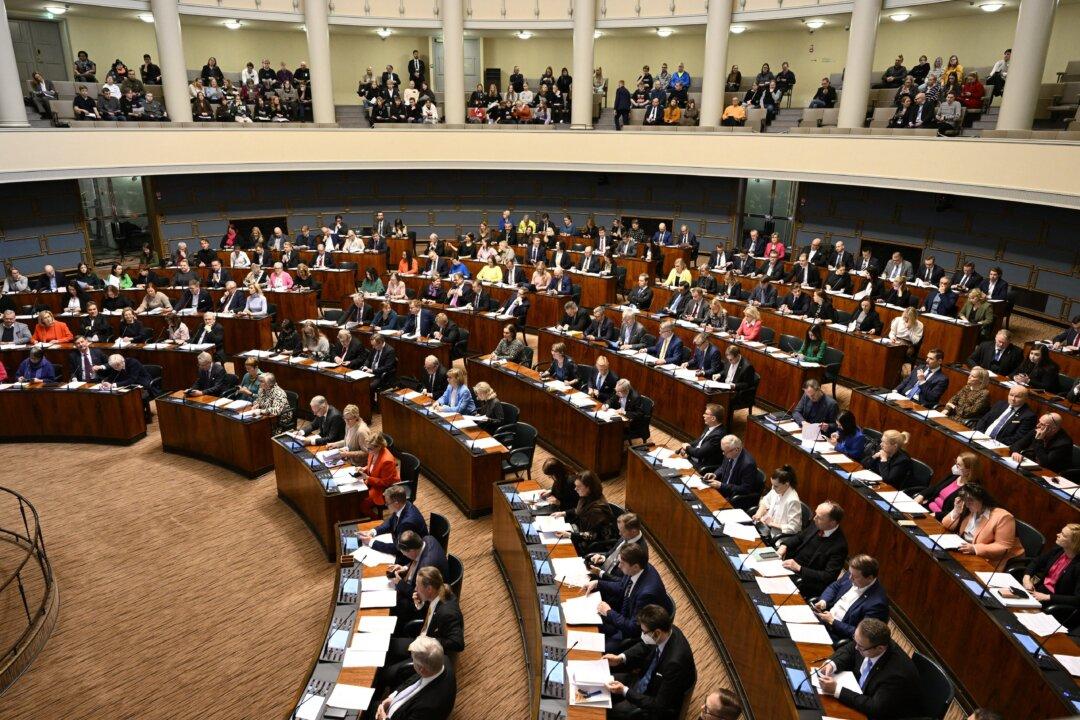Commentary
There have been three major sovereign debt crisis episodes during the past 200 years. The first one occurred after the Napoleonic wars between 1827 and 1860. The second one occurred during and after the Great Depression and World War II, and the third one during the era of commodity-price and banking crises from around 1987 till around 2000. Now, we are approaching a fourth one.





